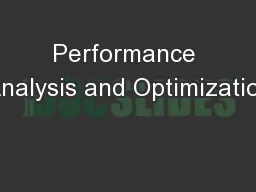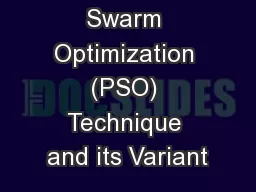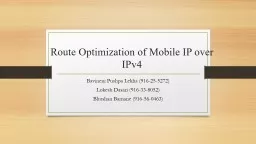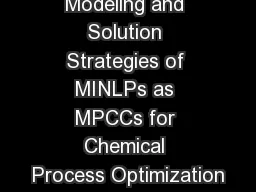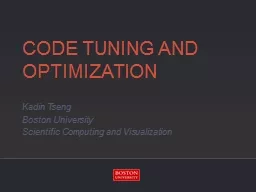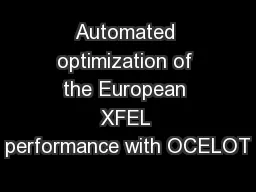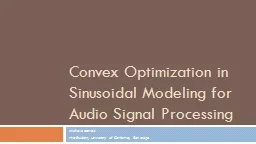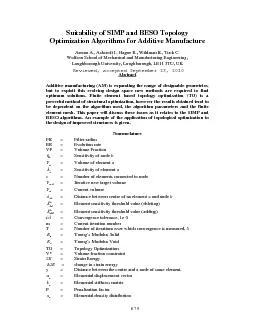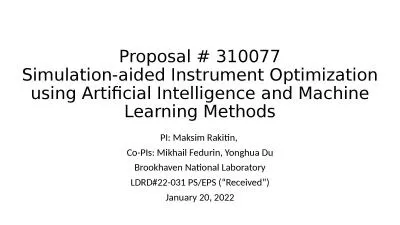PPT-Performance Analysis and Optimization
Author : alexa-scheidler | Published Date : 2017-09-11
of Full GC in Memoryhungry Environments Yang Yu Tianyang Lei Weihua Zhang Haibo Chen Binyu Zang Institute of Parallel and Distributed Systems IPADS Shanghai
Presentation Embed Code
Download Presentation
Download Presentation The PPT/PDF document "Performance Analysis and Optimization" is the property of its rightful owner. Permission is granted to download and print the materials on this website for personal, non-commercial use only, and to display it on your personal computer provided you do not modify the materials and that you retain all copyright notices contained in the materials. By downloading content from our website, you accept the terms of this agreement.
Performance Analysis and Optimization: Transcript
Download Rules Of Document
"Performance Analysis and Optimization"The content belongs to its owner. You may download and print it for personal use, without modification, and keep all copyright notices. By downloading, you agree to these terms.
Related Documents

